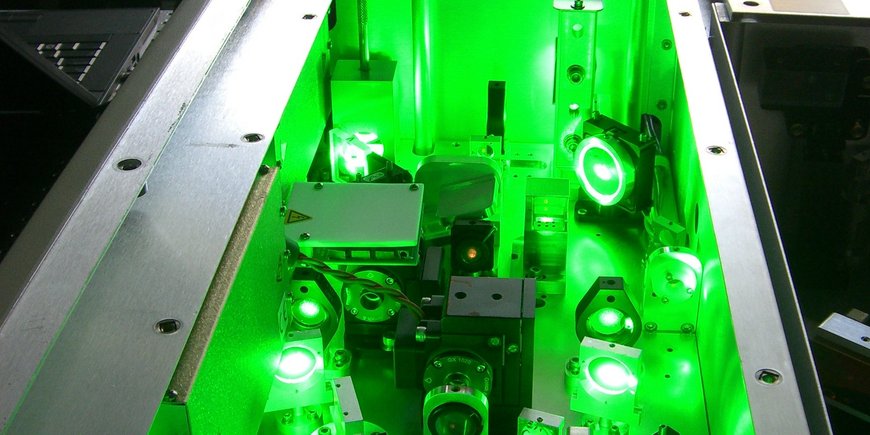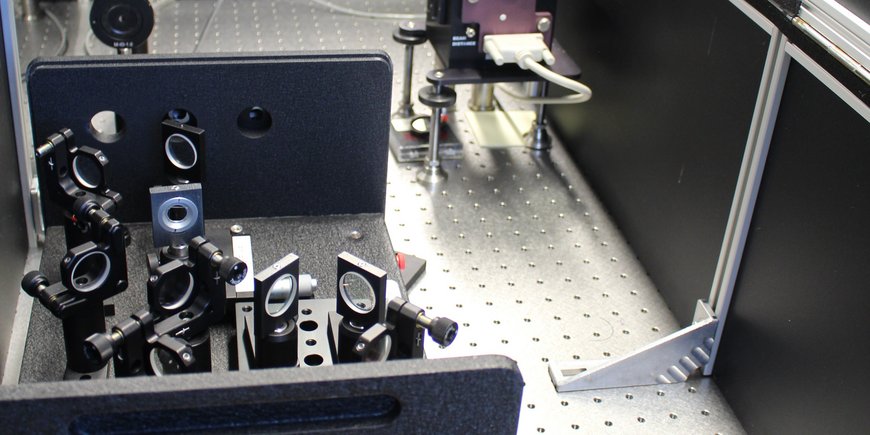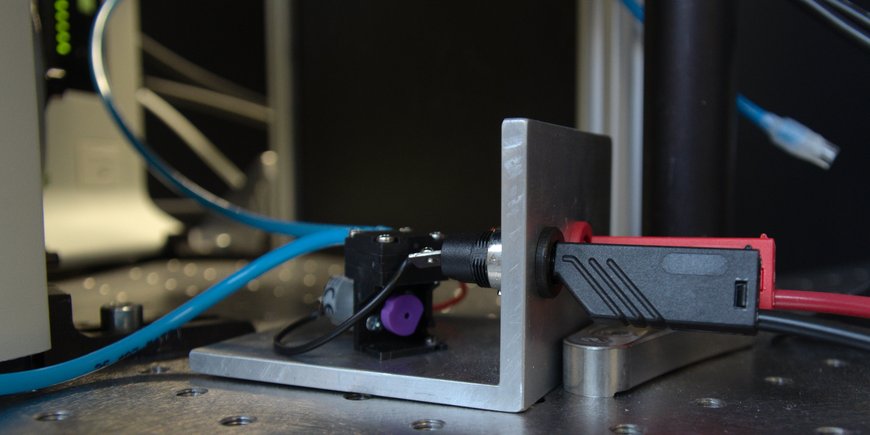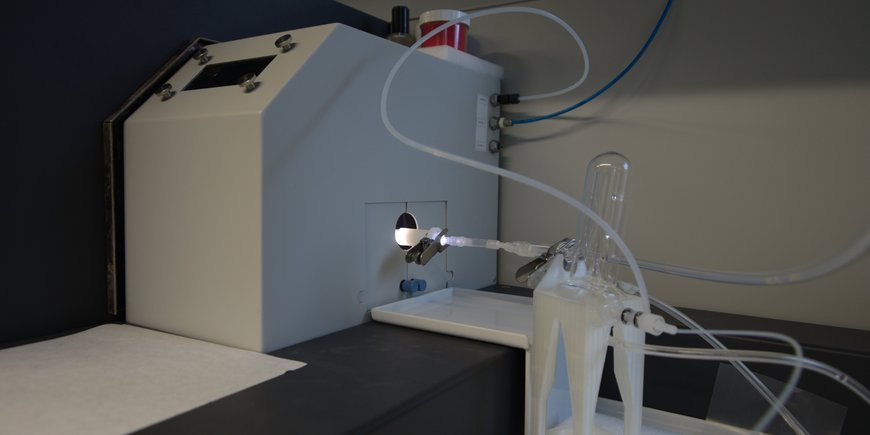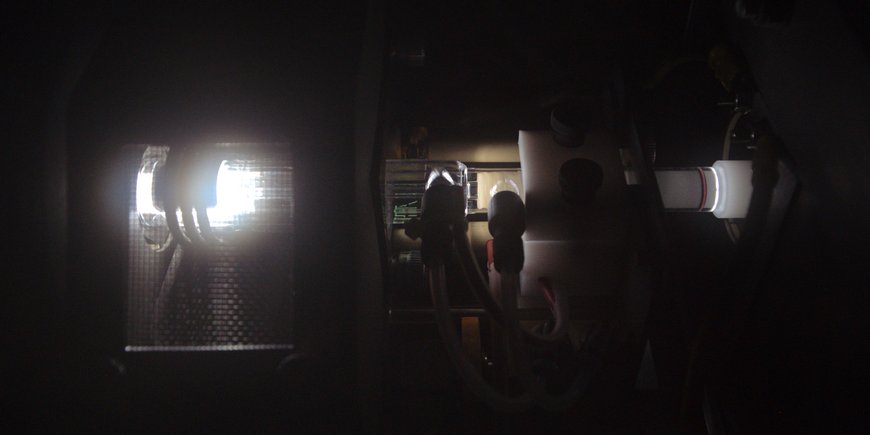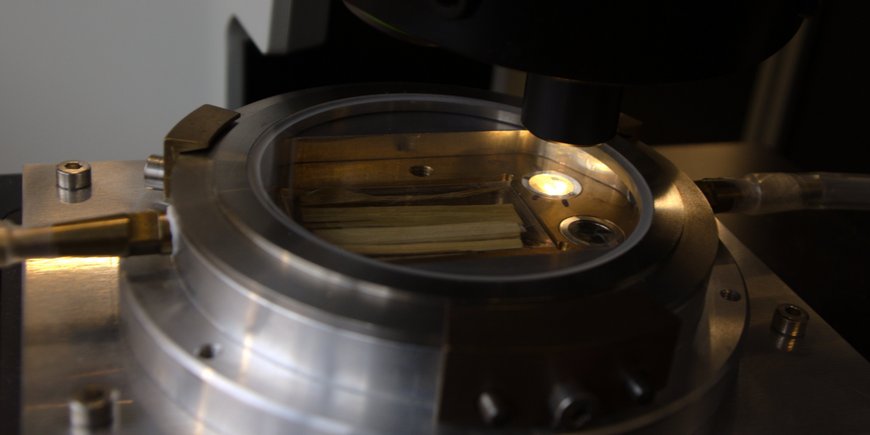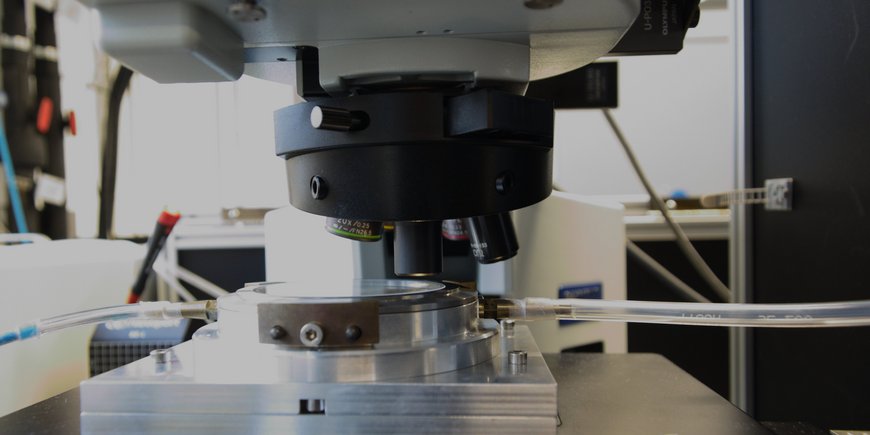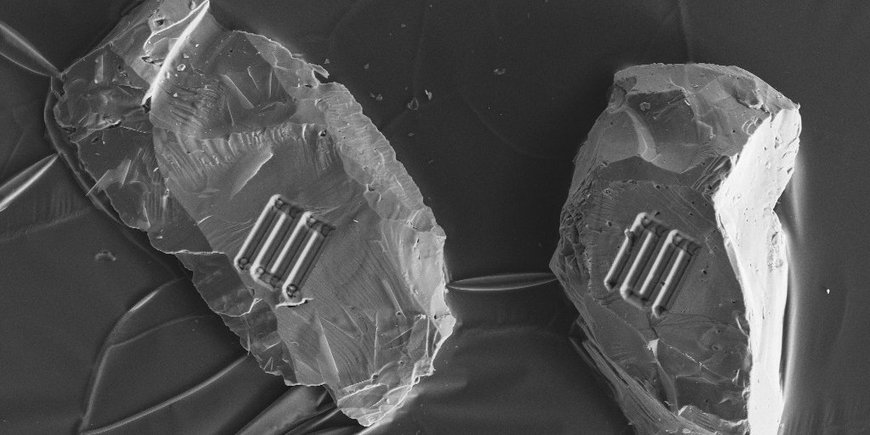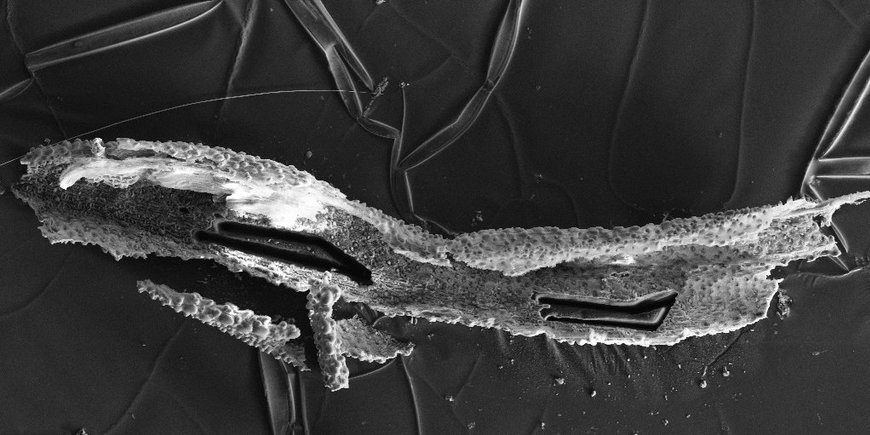UV Femtosecond Laser Ablation
The UV fs laser ablation lab at HELGES is a state-of-the-art facility for the in situ micro-scale analysis of isotope ratios and element concentrations in a wide range of solid geological and environmental materials (such as rocks, minerals, soils, meteorites, biogenic silica (phytoliths) and calcium carbonate-producing organisms, etc).
Femtosecond lasers ablate with minimal thermal heating to the surrounding area of the crater due to the short laser pulse length compared to the photon relaxation time, i.e., the laser energy can be deposited into the material before it can thermally equilibrate. This predominantly non-thermal ablation minimises laser-induced fractionation and matrix dependence.
Our laser system can be coupled with the (mass) spectrometers (Thermo Neptune MC-ICP-MS, iCAP-qMS) to simultaneously measure both isotope ratios and element concentrations. Currently, the methods are established for analysing stable metal(loid) isotopes of B, Mg, Si, S, and Fe, and element concentrations in a wide range of matrices.
Specifications
- Laser seed: Ti: Sa
- Pump laser: Nd: YLF
- Wavelength: 196 nm
- Pulse width: ~100 fs
- Ablation rates: 1 to 1000 Hz
- Beam sizes: 15 to 30 µm
- Scan types: spot, raster and line scans
Details of the setup are reported here.
Laser ablation split stream (LASS)-ICP-MS for simultaneous stable isotope ratio and major, minor and trace element analysis
We have developed analytical routines to obtain stable isotope ratios (B, Mg, Si, S, Fe) with simultaneous determination of element concentrations from a single area of typically 20 to 100 µm. The laser ablation system is simultaneously coupled to a multi collector inductively coupled plasma mass spectrometer (MC-ICP-MS, Thermo Neptune) for isotope ratio analysis and to an inductively coupled plasma quadrupole mass spectrometer (ICP-qMS, Thermo iCAP Q) for element concentration measurements. Further details on the LASS method are given here.
Sample Preparation
Samples for laser ablation analyses must fit into the laser ablation cell. Samples can be epoxy grain mounts, thin sections, rock slices, pressed powder pellets or glass beads (we utilise a Ir- or W-strip heater for flux-free fusion of powder samples, see here). Compared to other microanalytical methods (EMPA, SIMS), the demands on sample surface quality are less demanding for laser ablation analyses. In principle, any sample that is stable in a continuous stream of He gas is compatible.
Routinely, the following geometries are supported using the existing sample holders:
- petrographic thin sections 28 x 48 x 1.5 mm
- rectangular blocks max. 22 x 42 mm, max. 14 mm thickness
- round thin sections or epoxy mounts:
- ø 12.5 mm and 12.7 mm, thickness 0.15 - 14 mm
- ø 25.4 mm and 26.3 mm, thickness 0.15 - 14 mm.
If necessary, adaption to more irregular sample geometries can be customized using an in-house 3D printer.




